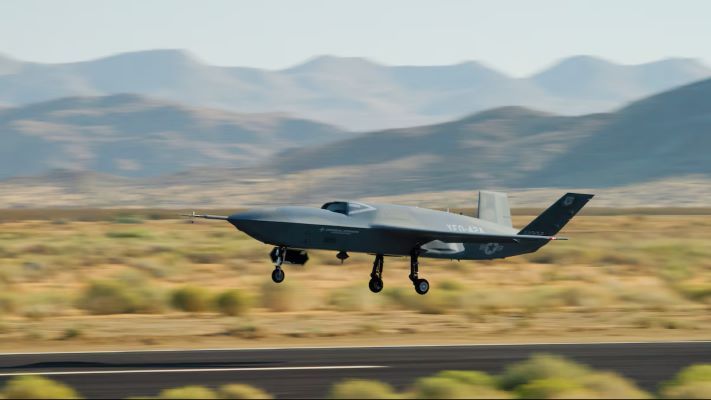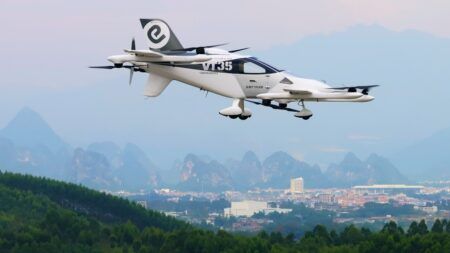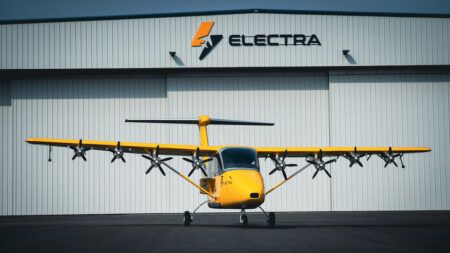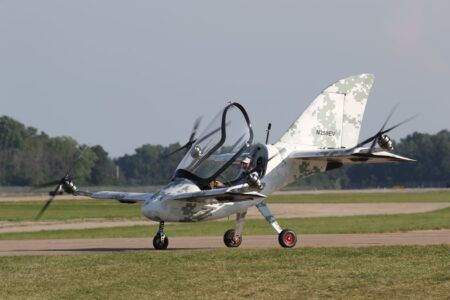The US Air Force has flown General Atomics’ YFQ-42A Collaborative Combat Aircraft for the first time.
Collaborative Combat Aircraft (CCA), also known as loyal wingmen or MUM-T aircraft (Manned-Unmanned Teaming), are semi-autonomous drones designed to accompany piloted fighter aircraft and perform hazardous operations during missions. CCA are in development around the world and are anticipated to be part of future air combat missions.
Development of YFQ-42A started less than two years ago in partnership with General Atomics. The broader US initiative aims to field large quantities of modular, affordable, and operationally relevant uncrewed aircraft designed alongside crewed fifth and sixth-generation aircraft.
The first test flight of YFQ-42A, which was achieved from a Californian location is a major milestone for the US Air Force’s CCA program. Anduril’s YFQ-44A is part of the same program.
The test flight is contributing valuable data to continued evaluations of platform airworthiness, flight autonomy and mission system integration, said the US Air Force.
“This milestone showcases what’s possible when innovative acquisition meets motivated industry,” said Secretary of the US Air Force Troy Meink. “In record time, CCA went from concept to flight, proving we can deliver combat capability at speed when we clear barriers and align around the warfighter.”
CCA is a key component of the USA’s Next Generation Air Dominance Family of Systems and reflects a new model for software-defined, modular airpower. The program is structured to leverage development from multiple vendor development solutions, reduce risk through competition, and integrate open-system architectures that allow the continuous iteration of autonomy and mission systems capabilities and delivery of enhanced capability at the speed of relevance.
“This is More Air Force in action,” said US Air Force Chief of Staff Gen. David Allvin. “We’re not just moving fast, we’re learning fast. CCA will help us rethink the battlespace, extend reach, flexibility and lethality in combat operations, and optimize warfighter performance through human-machine teaming.”
To deliver CCA quickly, the program is executing a multi-faceted campaign. This includes vendor-led developmental testing, independent evaluations at Edwards Air Force Base, California, and operational assessments by the Experimental Operations Unit at Nellis AFB, Nevada.
The integrated approach will ensure the US Air Force is prepared to seamlessly field and employ this capability-enhancing readiness and enabling rapid transition of combat power upon delivery of the first production aircraft, it said.
A decision on which designs are produced is expected next year.





